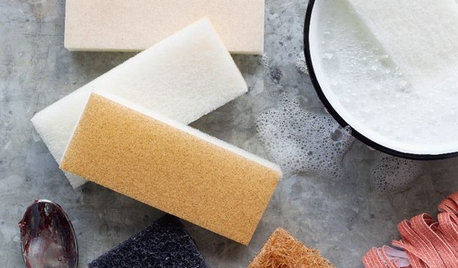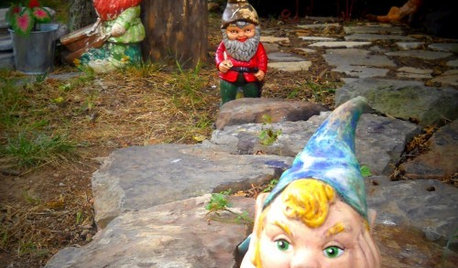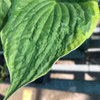Do I Use RoundUp First on the HVX's?
11 years ago
Related Stories

PRODUCT PICKSGuest Picks: A Tidy Roundup of Cleaning Supplies
Practical and pretty cleansers and cleaning accessories to make housecleaning chores a pleasure
Full Story
Guest Picks: Christmas Wreath Roundup
Go crafty, go classic or even bring in the bling — whatever your home's style, one of these wreaths can give your door that holiday spirit
Full Story
ARCHITECTURERustic Roundup: 5 Barn or Barn-Inspired Homes
Homeowners are hitting the hay in spaces that recall a farm — and the interpretations range from literal to far afield
Full Story
PRODUCT PICKSGuest Picks: If I Could Have a Dorm Room Do-Over
One interior decorator reimagines the drab dorm room into a stylish, fun space to study and sleep
Full Story
Guest Picks: Valentine's Day Gifts for Men
Find something for any guy in this roundup of well-designed, quirky and sometimes silly accessories and edibles
Full Story
Gnomes Carve Out Life in Houzz Users' Gardens
Guarding the landscape or just supplying smiles, gnomes have won the hearts of Houzzers across the country. Here's a roundup
Full Story
SMALL SPACES10 Tiny Kitchens Whose Usefulness You Won't Believe
Ingenious solutions from simple tricks to high design make this roundup of small kitchens an inspiring sight to see
Full Story
SELLING YOUR HOUSEYour Home-Selling Guide for a Faster and Better Sale
Learn staging and curb appeal tricks, how to get the best photos and more in this roundup focusing on high-impact house-selling strategies
Full Story
RUSTIC STYLEHow to Outfit a Classic Farmhouse
You could research farmhouse decorating choices until the cows come home. Or you could just check out our hand-picked roundup here
Full Story
CITY GUIDESTravel Guide: Kyoto, Japan, for Design Lovers
Experience ancient traditions and modern expressions in this design-minded roundup of sights, hotels, shops and restaurants
Full Story




Steve Massachusetts
in ny zone5
Related Discussions
Woe is Me, I Should Have Used RoundUp
Q
What do to after RoundUp
Q
Round up killed it how do I remove it?
Q
Round Up or not to Round Up, that is the ?
Q
Jon 6a SE MA
Bennie0203
ctopher_mi
in ny zone5
gardenfanatic2003
Jon 6a SE MA
Cher
Carole WestgaardOriginal Author
Steve Massachusetts
in ny zone5
Jon 6a SE MA
Jon 6a SE MA
in ny zone5
Cher
Jon 6a SE MA
Cher
Jon 6a SE MA
Cher
Cher
Jon 6a SE MA
paul_in_mn
Jon 6a SE MA
Babka NorCal 9b
in ny zone5
Jon 6a SE MA
Babka NorCal 9b
Jon 6a SE MA
Jon 6a SE MA
in ny zone5
hostared
in ny zone5
Jon 6a SE MA